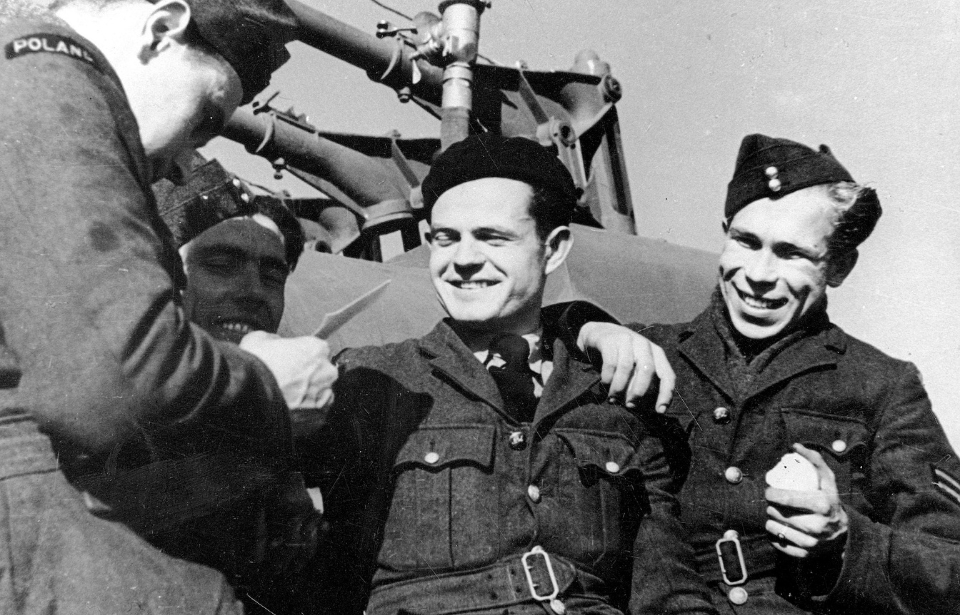In 1939, as the Führer and Soviet leader Joseph Stalin divided Poland between themselves, but they never broke the nation’s free spirit. In the years that followed, far from home, Poles fought relentlessly on the frontlines of the Second World War, not only for their freedom, but also for the sovereignty of other countries.
There’s a black-and-white photograph, taken on September 26, 1940, at RAF Northolt, on the outskirts of London. King George VI, in military uniform, visits the No 303 Squadron of the Royal Air Force. A patch with the inscription “POLAND” is visible on the arm of an airman with whom the British monarch shakes hands.
The Battle of Britain, a campaign in which the German Luftwaffe aimed to bring the British Empire to its knees, was underway. Polish airmen, including the pilots of the 303, played a vital role within the ranks of the RAF.
It’s no coincidence that George VI visited this particular unit. By this time, the squadron had already distinguished itself with its effectiveness and was quickly gaining fame.
Interrupted lives
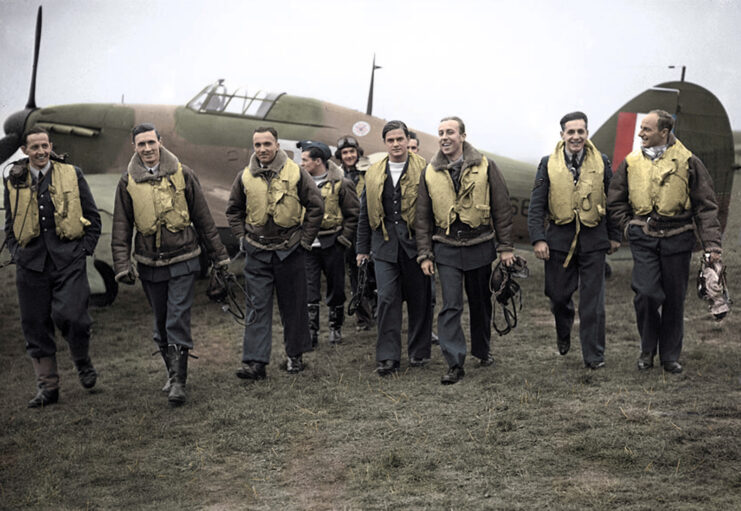
As a child, Henryk Krakowian, born in 1919, had two dreams: to travel the world and to become a pilot. However, after passing his school-leaving exam in his hometown of Częstochowa, he was determined to study medicine.
His ambitious plans were thwarted by the outbreak of the Second World War. In September 1939, Poland fell victim to a double invasion: first by the Germans and, two and a half weeks later, by the Soviet Union. Not long before, the two totalitarian regimes had made a pact, secretly dividing Central and Eastern Europe between them.
Facing an unequal battle, Poland counted heavily on its allies: France and Great Britain. However, while they formally declared war on Germany as early as September 3, 1939, in the following months, they failed to take action, which could have turned the tide of the conflict. Alone, Poland stood no chance against its powerful neighbors.
“We found ourselves between the two most powerful armies in the world. [The Führer‘s] army from the West and Stalin’s from the East. We were well aware that our destiny, at least for the time being, was decided for us,” recalled Krakowian years later.
Odyssey of freedom
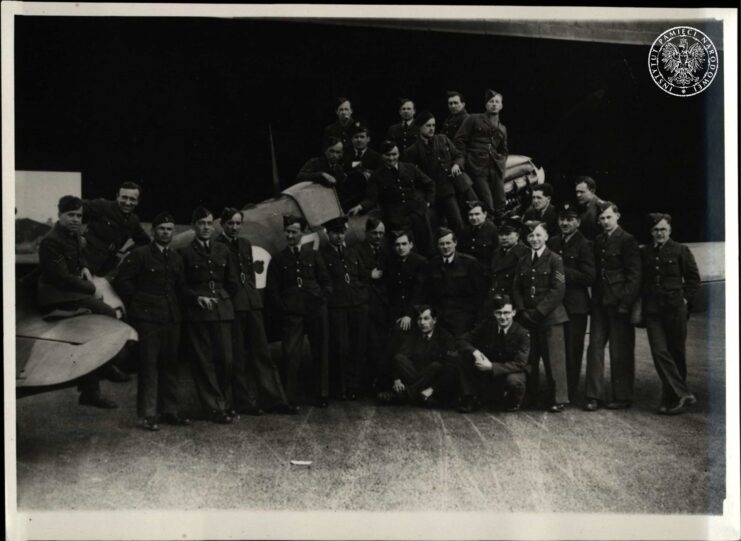
While his homeland came under double occupation, it never capitulated. The Polish Underground State, the Home Army (AK), was established – with a secret civil administration and a clandestine army. From the autumn of 1939, a Polish government-in-exile was formed, first in France and, later, in Great Britain.
Gen. Władysław Sikorski, the new prime minister and commander-in-chief, proclaimed the continuation of the struggle “for the ultimate triumph of freedom, law and justice.” He also called on his compatriots “to render devoted and disciplined military service.”
The Polish Armed Forces being formed in the West were reinforced by the local Polish community and, to an even greater extent, by those who’d managed to escape German or Soviet captivity in September 1939 and leave the country, usually via Romania or Hungary. By the following year, they were already fighting in the defense of France, Norway and the United Kingdom.
The aforementioned No 303 Squadron went down in history as one of the best fighter units of the conflict.
Before Henryk Krakowian joined the Polish Air Force, he went through a real odyssey. Conscripted into the Army in September 1939, he crossed the Lithuanian border to avoid captivity. However, the Baltic countries were soon occupied by the Red Army. The Soviets, as they’d done earlier in the occupied Polish territories, began brutal repressions. Krakowian was sent to the Ponoj forced labor camp, near Murmansk.
He and many of his compatriots were paradoxically saved by the German invasion of the USSR in June 1941. In the new situation, Joseph Stalin agreed to the formation of a Polish Army in the Soviet Union. It was headed by Gen. Władysław Anders, who’d just been released from a Moscow prison.
At the camp in Tatishchev, Krakowian joined the Anders Army. Together with the froce and the civilians accompanying it, he was later evacuated to Iran and, from there, to Iraq. The main objective remained the same: fight the Germans, but this time alongside the Western Allies.
When recruitment for volunteers for the Polish Air Force began in September 1942, Krakowian didn’t hesitate for long. He made his way to the UK via Spain and Portugal. After training, he was eventually sent to the No 308 “Kraków” Polish Fighter Squadron. In 1945, he took part in dozens of combat flights over Germany and the occupied Netherlands.
Bitter taste of victory
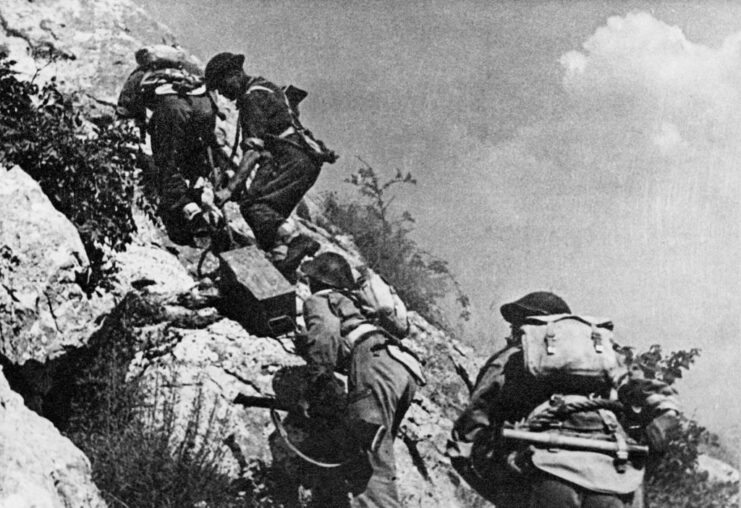
Soldiers of the Polish Armed Forces (which, at the height of the Second World War, numbered almost 200,000) played a crucial role on many other fronts: in the defense of Tobruk, and during the battles for Monte Cassino and at Falaise.
Shoulder to shoulder with the British, Americans and representatives from other nations, they fought for freedom, dignity and peace – not only for themselves, but also for other nations. Their contribution to the victory over the Germans is indisputable.
The end of the conflict, however, didn’t bring Poland its desired sovereignty. The country found itself within the Soviet Union’s sphere of influence for many years. Many Poles who couldn’t imagine life under Communist rule remained in exile.
Krakowian graduated from the Faculty of Textiles at the University of Leeds, where he later obtained his PhD. In 1953, he married an English woman. They lived in Belgium for several years before moving to London. Krakowian was fortunate enough to live to see the fall of the “Iron Curtain” and Poland’s regained freedom. After retiring, he enjoyed visiting his hometown of Częstochowa. He died in London in 2013, shortly before his 94th birthday.
In honor of the heroes
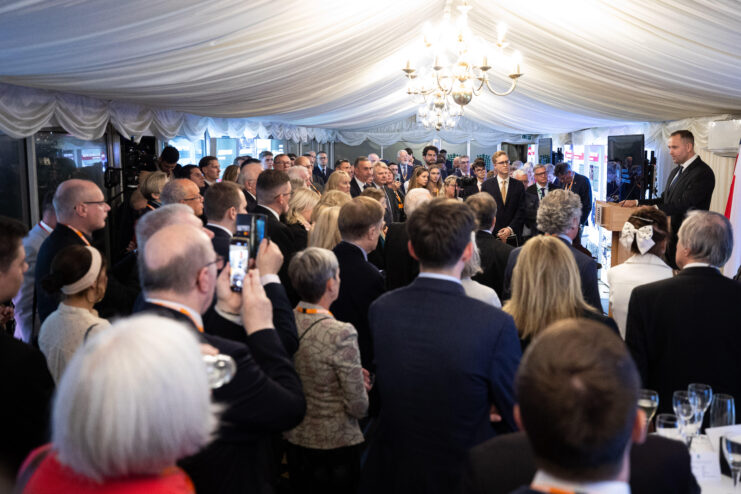
Three years ago, when I took on the post of the president of the Institute of National Remembrance – a Polish institution dealing with recent history – I promised to duly commemorate the efforts of the Polish Armed Forces during World War II and the exile of the Polish civilian population at the time. The extensive Trails of Hope. The Odyssey of Freedom project, which continues to this day, serves this purpose.
More from us: What Role Did Naval Warfare Play In the Early Stages of Germany’s Invasion of Poland?
Want War History Online‘s content sent directly to your inbox? Sign up for our newsletter here!
An important part of it is the exhibition, which has already reached dozens of countries across several continents, in various
languages. On October 7, 2024, we opened it at the Palace of Westminster in London. I believe that Henryk Krakowian was looking down on us from above, along with others who walked the “trails of hope” from 1939-45.
Dr. Karol Nawrocki is a Polish historian and the president of Poland’s Institute of National Remembrance. A former director of the Museum of the Second World War in Gdańsk, he holds both a Master’s degree and a Doctorate from the University of Gdańsk. He is also an alumni of the US State Department’s International Visitor Leadership program. He holds the Bronze and Silver Crosses of Merit of the Republic of Poland, awarded to him for exceptional activities promoting Polish history.
Until 2024, the Institute of National Remembrance dismantled 35 Communist monuments in Poland, for which Dr. Nawrocki was listed as wanted on criminal charges by the Russian Federation.
